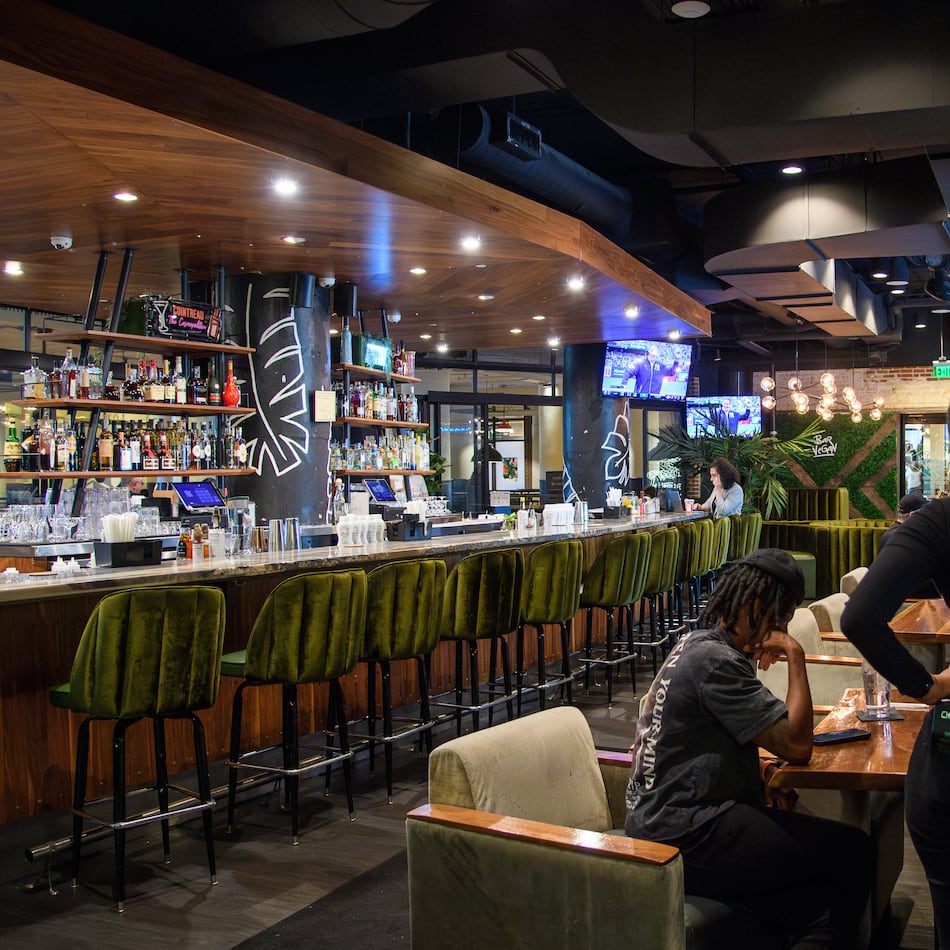February is American Heart Month, a time dedicated to raising awareness about cardiovascular health and the steps we can take to protect our hearts. One of the most essential lifesaving skills everyone should know is CPR, especially within Black communities, where survival rates after cardiac arrest are significantly low.
When Buffalo Bills safety Damar Hamlin collapsed during a game on the field last year, world-class medical care and immediate CPR saved his life.
Cardiopulmonary resuscitation is the emergency technique of chest compressions that maintains blood flow to vital organs. When performed correctly, it can double or triple survival chances after cardiac arrest, according to the American Heart Association. Most importantly, immediate CPR might help prevent severe brain damage by keeping oxygen flowing to the brain during those critical first minutes.
While Hamlin’s story has a fortunate outcome, it spotlights a critical issue in American health care: not everyone receives the same lifesaving care during cardiac emergencies.
A study examining more than 623,000 cardiac arrest cases between 2013 and 2022 found white people were three times more likely to survive the episode than Black people. The gender gap is equally concerning: men are twice as likely to survive as women, while Black women had just a 5% chance — the lowest of any group. In all the cases, bystander CPR was given.
So, why such a large gap?
According to the study, these disparities happen throughout all income levels and locations, suggesting deeper systemic issues. Dr. Paul Chan, lead author of the study, says there could be several potential factors, including limited access to formal CPR training in communities of color and training materials that lack diverse representation, USA Today reported. There’s also evidence, according to Chan, that gender bias plays a role, with some bystanders hesitating to perform CPR on women due to concerns about physical contact or perceived fragility.
Still, change is happening. Modern CPR training is more accessible than ever, with hands-only CPR replacing traditional mouth-to-mouth in many cases. Organizations like the AHA are working to close the gap through initiatives like mandatory CPR training in high schools and increased access to classes.
How do you perform hands-only CPR if you are untrained? According to the Mayo Clinic:
- Call 911 immediately.
- Place the person on a firm surface and kneel beside them.
- Put your hands in the center of their chest and push hard and fast — about 100 to 120 times a minute (to the beat of “Stayin' Alive” by the Bee Gees, or Sabrina Carpenters’ “Please, Please, Please”).
- Continue compressions until medical help arrives.
For metro Atlanta residents ready to learn CPR, the AHA offers regular CPR certification courses at hospitals, community centers and churches, often at little to no cost. To find a class near you, visit heart.org and enter your location.
Find more stories like this one on our Pulse Facebook page.
About the Author
Keep Reading
The Latest
Featured



